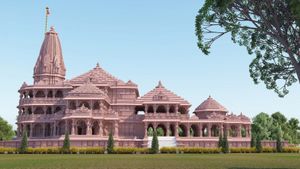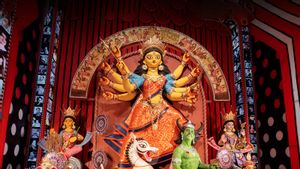Maha Shivratri is one of the most significant Hindu festivals that's dedicated to the worship of Lord Shiva. Maha Shivratri falls on the Chaturdashi Tithi of Krisha Paksha in the Phalgun month and this year it falls on the 8th of March of the Gregorian calendar. Lord Shiva is known as the deity of transformation and destruction. On Maha Shivratri 2024 you will see worshippers perform rituals like Rudraabhishekam and Abhishekam through the night.
If you are a believer or just curious about the festival, here is a detailed account of Maha Shivaratri significance, history and rituals. From fasting to chanting of mantras, we've covered it all, read on to learn more.
All about Maha Shivratri 2024
Significance of Maha Shivratri
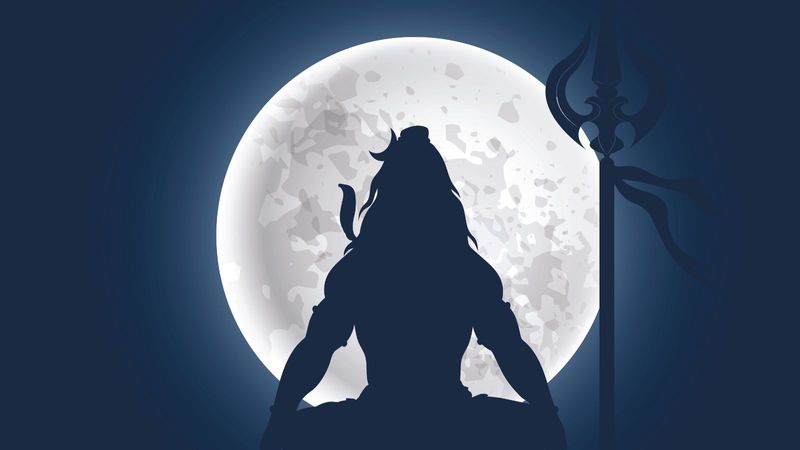
With immense spiritual relevance, Maha Shivratri is one of the most important festivals for Hindus. The festival marks the joyous union of Lord Shiva and Goddess Parvati, which symbolises the holy union of consciousness and energy. Maha Shivratri significance is also linked to the day’s celebration as the night of Shiva when worshippers seek the deity’s guidance to lead them towards moksha and spiritual liberation.
Traditional stories related to Maha Shivratri
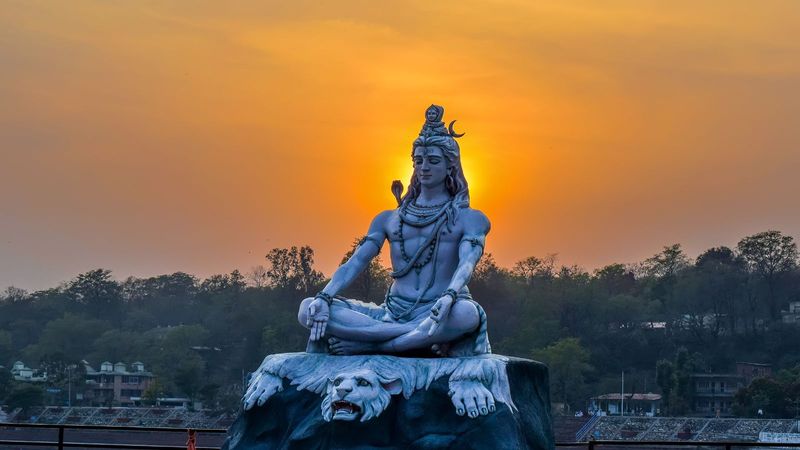
According to various religious texts, it is believed that Lord Shiva once told Maa Parvati that he likes it when his devotees worship him with bel patra on the 14th day of the waning moon in Phalgun. Therefore, Maha Shivratri is considered an auspicious night when followers of Shiva seek his blessings to free them from their sufferings and miseries. This is the story of Maha Shivratri that inspires the deity’s countless followers to eagerly await the holy night. While this is one of the stories about Maha Shivratri, there are several other popular anecdotes regarding the history and rituals to be followed on the holy day.
History of Lord Shiva and Goddess Parvati
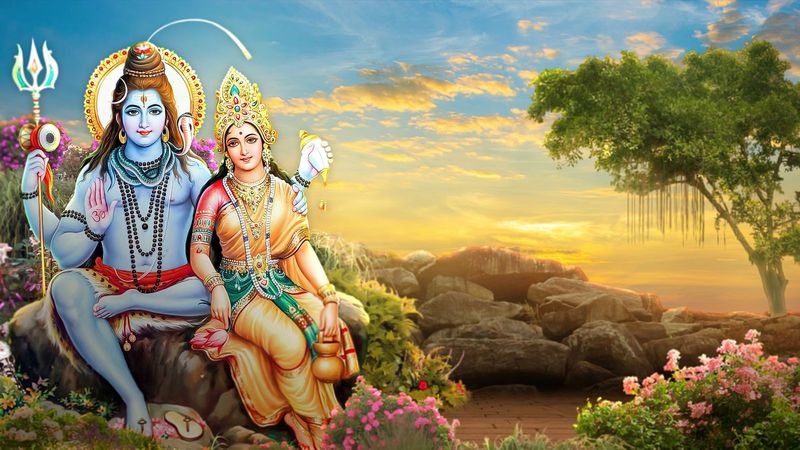
If Hindu mythology interests you and you wish to know about Maha Shivratri in detail, this little bit of mythological anecdote might amuse you. It is said that Goddess Parvati (also known as Uma) performed great penance to win over Lord Shiva. With her sincere efforts, devotion and the influence of the devas, she was able to entice Shiva into marriage.
She could bring him away from the life of asceticism and transform him from a Nirgun Brahman to a Sagun Brahman. Shiva and Parvati’s wedding took place a day before Amavasya in the Phalgun month, and that’s how we come to the Maha Shivratri significance. This divine union of Shiva and Parvati then came to be celebrated every year as Maha Shivratri. On this day, devotees across the world offer their devout prayers to the deity in hopes of being guided from darkness to light.
What to do on Maha Shivratri?
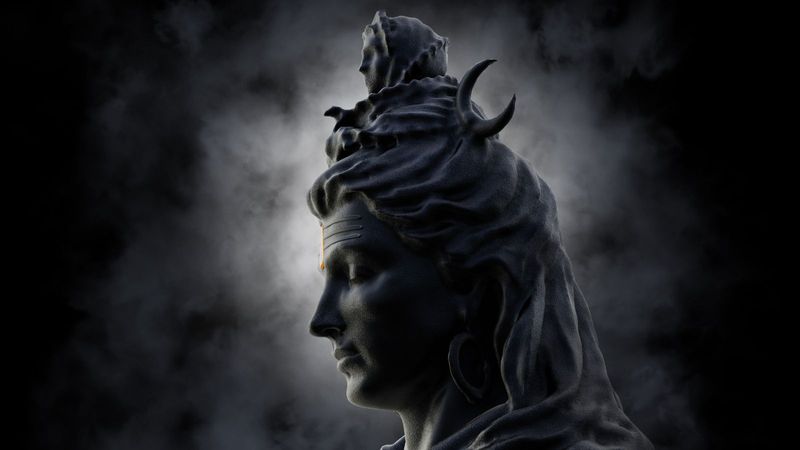
Having understood the story of Maha Shivratri, if you are now wondering of how to worship the deity on this holy day, here are a few things you can do. Meditating, singing praises of Lord Shiva and reading his stories through the night is one of the common practices on Maha Shivratri. Maha Shivratri is a rather serious festival. It has more to do with fasting, communal peace, night-long devotion to the deity, meditation, self-study and introspective concentration rather than cultural merriment.
Staying up all night and offering the ritual abhishek to the Shivling by chanting Vedic mantras is an integral part of the Maha Shivratri puja vidhi. Sincerely performing the Maha Shivratri rituals leads an individual closer to the soul or spirit, something beyond a mortal’s mental and intellectual consciousness. On the whole, this festival is all about gaining Shiva awareness and surrendering oneself to the deep state of serenity and spiritual awakening.
Rituals to do on Maha Shivratri
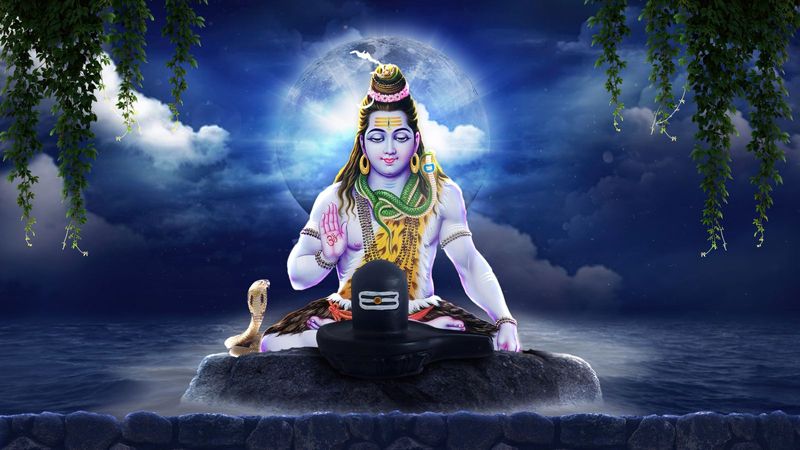
There are many Maha Shivratri puja vidhi rituals one must follow and worry not because we have listed them here for you. Begin your day by taking a shower to cleanse yourself physically and spiritually. Then clean the house and particularly the puja space at home and offer some fresh flowers to the deity.
Offering bel (bilva) leaves to Lord Shiva on Maha Shivratri is an important part of the puja rituals. Chanting mantras like ‘Om Namah Shivaye’ and other Shiv hymns and prayers is believed to please the deity. You should also meditate for some time and seek the Lord’s blessings to lead you out of all your quandaries.
The central Maha Shivratri puja vidhi involves the ceremonial bathing of the Shiv Lingam and offering the panchamrit to the lingam which is a mixture of five things - milk, honey, curd, sugar and ghee. This is known as the abhishekam wherein each offering of the panchamrit has a symbolic meaning and representation.
Mantras to chant on Maha Shivratri
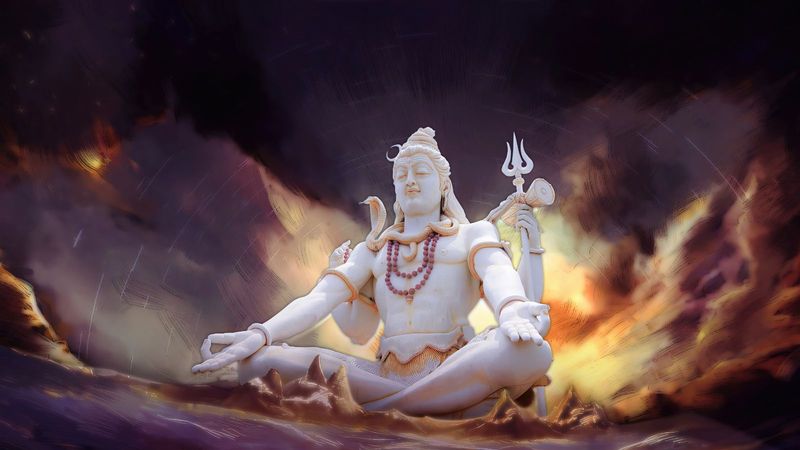
If you are celebrating Maha Shivratri 2024, here are some mantras to remember to make your puja replete:
1. Om Namah Shivaye.
2. Om Trayambhakam Yajamahe Sugandhim Pushti Vardhanam Urva Rukmiv Bandhanan Mrityor Mukshiya Mamritaat.



